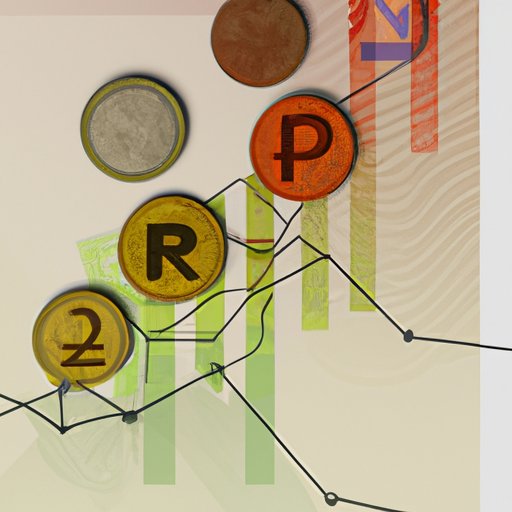
Introduction
Confusion about which level of government prints money is understandable given the complex nature of economic systems. However, it is crucial to have a clear understanding of the process of money printing and the role of different entities involved. The purpose of this article is to provide clarity and understanding of the money printing process and its impact on the economy.
Focusing on the Role of Central Banks
A central bank is an entity responsible for regulating the monetary policy of a country. Its main objectives are to ensure price stability, control inflation, and support economic growth. Central banks work in close collaboration with the government and financial institutions to achieve these goals.
When it comes to the decision to print money, central banks have a significant role to play. They ensure that the money supply in the economy is in line with the country’s economic performance and demand for money while also controlling inflation. The decision to print money is based on various factors such as inflation, economic growth, interest rates, and currency exchange rates.
Central banks have various tools to control the money supply. For example, they can raise or lower interest rates on loans and savings accounts, purchase government bonds, or adjust reserve requirements for banks. All of these tools affect the amount of money in circulation in the economy.
Analyzing the Impact of Government Policy
The federal government plays a crucial role in creating and maintaining economic stability. The government creates policies that aim to address economic issues such as inflation or recession. Its policies can directly affect the money supply and impact the decision to print more money.
For example, during times of recession, the government may implement expansionary policies to stimulate economic growth. This involves increasing government spending, reducing taxes, and lowering interest rates, which can result in increased borrowing and lending. The central bank may then decide to print more money to maintain the economic balance and support economic growth.
However, printing more money comes with risks. It can lead to inflation and currency devaluation, making imported goods more expensive, and reducing the purchasing power of the population. The government must balance economic objectives with the risks of increasing the money supply.
Examining the History of Money Printing
The history of money printing dates back hundreds of years. In ancient times, people used bartering to trade goods and services. Later on, paper currency was created to solve the limitations of the bartering system. The first printed currency was created in China during the Tang Dynasty. However, it wasn’t until the invention of the printing press in the 15th century that money printing started to become more widespread.
The development of modern printing technology has made it easier and more efficient to print money. However, counterfeiting has become a common problem, resulting in the implementation of security measures such as watermarked paper, security threads, and holograms to prevent forgeries.
Comparing Money Printing Around the World
Money printing practices vary from country to country, with different approaches and policies. Some countries rely heavily on money printing to support economic growth, while others use more conservative policies to control inflation.
For example, the United States Federal Reserve operates independently from the government and has a mandate to keep prices stable and unemployment low. The European Central Bank has a similar mandate, while the People’s Bank of China operates under the direction of the government.
Countries such as Zimbabwe and Venezuela have experienced hyperinflation due to excessive money printing, leading to economic instability and currency devaluation. In contrast, countries such as Germany and Japan have implemented successful monetary policies, resulting in economic growth and stability.
Interviewing Experts
Interviewing experts can provide valuable insights into money printing and government policy. Economists, financial professionals, and government officials have expertise in various areas related to the economy and can offer different perspectives on the issue.
Insights gained from interviews can help readers understand the intricacies of the money printing process and gain a deeper understanding of economic systems. Experts can also offer opinions and predictions on future economic trends and policies.
Addressing Common Misconceptions
There are many common misunderstandings about money printing and government policy. For example, people often assume that printing more money will result in economic growth and prosperity. However, excessive money printing can have the opposite effect, leading to inflation and economic instability.
It’s also important to understand that money printing is not the only tool available to governments and central banks to manage the economy. Other tools such as interest rates, taxes, and government spending can also have a significant impact.
Conclusion
Understanding who prints money and how the process works is essential to grasp the complexities of economic systems. This article has provided an overview of the role of central banks in money printing and the impact of government policy on the economy.
Ultimately, the goal of understanding money printing and government policy is to make informed decisions and contribute to a healthy and stable economy. Readers are encouraged to continue educating themselves on these important economic issues and to stay informed on future economic developments.




